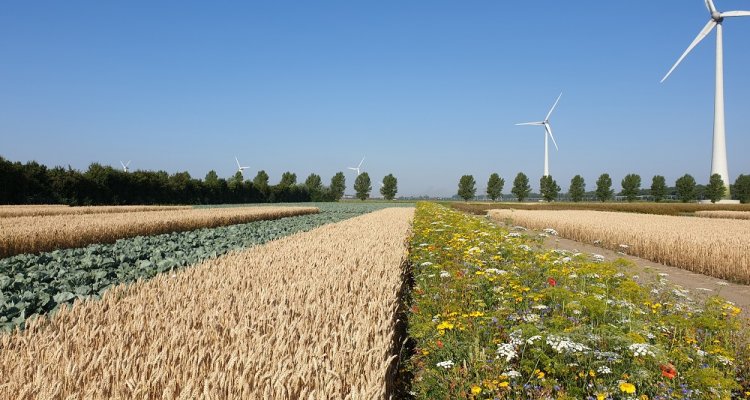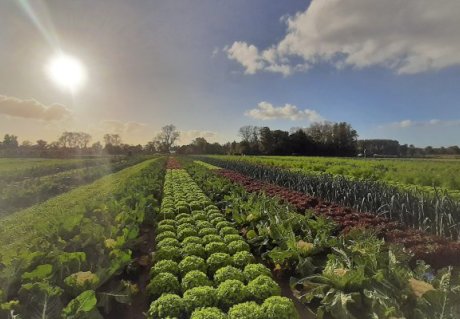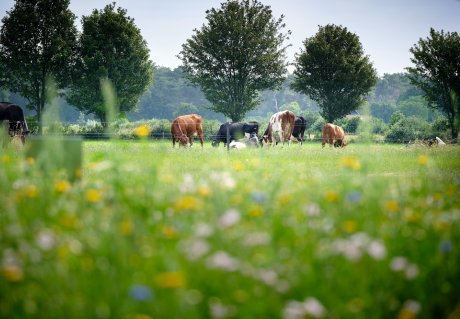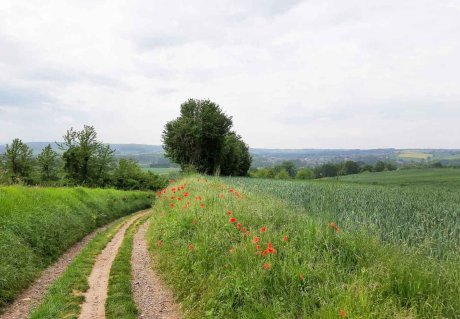
Biodiversity, agriculture and food
As we grapple with the challenges of feeding the growing world population, agendas are increasingly turning to the role of biodiversity in agriculture and food systems. Diversity in genes, species and ecosystems is essential for the survival of food crops. In addition, agriculture and food processing have a major impact on biodiversity. That is why Wageningen University & Research (WUR) is looking for ways in which we can grow enough food without destroying our planet.
WUR conducts world-leading research on biodiversity, agriculture and food. Our food systems approach recognises the many interrelationships between agriculture, biodiversity, climate change, water, health and people. WUR aims to increase the role of biodiversity in this food systems approach and as such, create 'thought leadership' that contributes to transforming our food systems into nature-inclusive, fair and healthy production chains.
In the extended Strategic Plan of 2022-2024, 'Biodiversity-positive food systems' has therefore been designated as one of the investment themes in which innovative fundamental research will be carried out.
The agriculture and livestock farming of the future could look very different if we work more with nature, instead of against it.
Biodiversity in food chains
The FAO (2019) states that of the approximately 6,000 plant species that can be grown for food, only a handful (~9) of crops determine 66% of our diet. These homogeneous crops occupy more than 90% of the global agricultural area. That is a vulnerable base of the food system, especially considering the growing threat of pests and climate change. It is therefore important to broaden that basis with more species, genetically more diverse and resilient species and more variety between species in fields and grasslands. Strip cultivation and gene banks are examples of ways to safeguard and increase biodiversity.
If we want to grow more diverse crops, adjustments in the production chain are needed. For example, strip cultivation requires other (varieties of) crops that can grow well alongside each other. Farmers must also develop new ways of harvesting, when different types of crops share a field. The quality of crops can fluctuate between strips and the quantities per batch are smaller. So how do you ensure effective and safe food processing? WUR researchers are looking into these issues of harvesting, storage, processing and consumer acceptance of novel foods. WUR's expertise also focuses on upscaling successful initiatives from the field or farm to regions.
- Read also: 'Transition to sustainable arable farming given new impulse with €10 million research grant'.
- FAO: Framework for Action on Biodiversity for Food and Agriculture (2022)
Nature-inclusive agriculture
Besides ensuring food security, WUR is also working on making agriculture and livestock more nature-inclusive and regenerative. We develop and test various forms of agri-environmental schemes. Farmers can, for example, plant flowering field margins along their plots, which attract insects that fight pests. Through different ways of tilling and managing grasslands, we protect soil biodiversity and meadow birds. And our water experts advise on improving water quality in agricultural areas. At our field labs in Lelystad and Wageningen, various experiments are taking place to optimise 'the farm of the future'.The principle of circular agriculture is that plant and animal production chains are cleverly interlinked, allowing for optimal use of the available raw materials. This limits the impact of agriculture on biodiversity and climate.
Not only the methods, but also the management, criteria and business models for the farmers are important in our research. WUR has contributed to the development of the Biodiversity Monitor, an instrument that makes the performance of farmers in terms of biodiversity measurable and transparent, based on which farmers can be financially rewarded.




